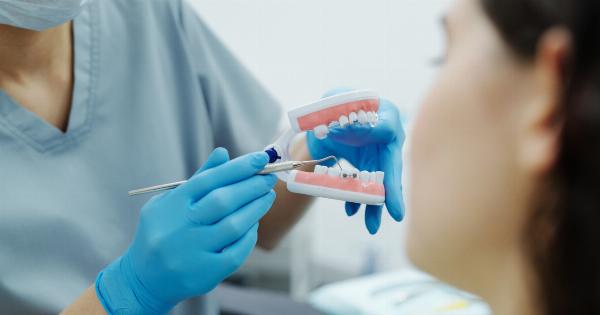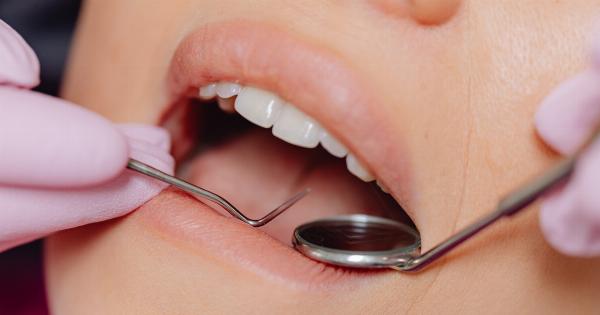The alignment of the jaw plays a crucial role in our overall oral health. When the upper and lower jaws are not properly aligned, it can lead to various issues and discomfort.
Jaw misalignment, also known as malocclusion, can cause problems with biting, chewing, speaking, and can even impact our facial appearance. In this article, we will explore the risks associated with jaw misalignment and discuss the available treatments to fix this condition.
Risks of Jaw Misalignment
1. Temporomandibular Joint Disorder (TMD): One of the most common risks associated with jaw misalignment is the development of Temporomandibular Joint Disorder.
TMD affects the jaw joint and the muscles that control jaw movement, causing pain, discomfort, and difficulty in opening and closing the mouth.
2. Dental Issues: Misaligned jaws can lead to various dental problems such as overcrowding, uneven tooth wear, tooth grinding (bruxism), and increased risk of tooth decay and gum disease.
These issues can affect the functionality and longevity of your teeth.
3. Speech Problems: Jaw misalignment can also affect your speech. It may lead to difficulties in pronouncing certain sounds and can result in a lisp or other speech impediments.
4. Facial Asymmetry: In severe cases of jaw misalignment, the condition can affect the overall facial symmetry. This can alter the appearance of the face and cause self-esteem issues.
Treatments for Jaw Misalignment
1. Orthodontic Treatment: Orthodontic treatment, such as braces or clear aligners, is the most common approach to fix jaw misalignment.
By applying continuous pressure, the braces gradually move the teeth into the correct position, aligning the jaws simultaneously.
2. Jaw Surgery: In severe cases of jaw misalignment, orthognathic surgery may be necessary. This surgical procedure involves repositioning the jaws to improve the bite and alignment.
The surgery is typically performed by an oral and maxillofacial surgeon in collaboration with an orthodontist.
3. Tooth Extraction: In cases where there is severe overcrowding or misalignment, tooth extraction may be required as part of the orthodontic treatment plan. Removing some teeth creates space for the remaining teeth to align properly.
4. Dental Restorations: In some instances, jaw misalignment may have caused significant wear or damage to the teeth.
Dental restorations, such as crowns, veneers, or dental implants, may be recommended to restore the functionality and aesthetics of the affected teeth.
5. Jaw Exercises: Jaw exercises can be beneficial in mild cases of jaw misalignment. These exercises help in strengthening the jaw muscles and improving the overall alignment.
However, it is essential to consult with a dental professional before attempting any exercises.
Prevention of Jaw Misalignment
While some cases of jaw misalignment are genetic and cannot be prevented, there are steps you can take to reduce the risk:.
1. Early Orthodontic Intervention: It is essential to diagnose and treat jaw misalignment at an early age. Regular dental check-ups during childhood can help identify the signs of misalignment, allowing for prompt intervention.
2. Avoid Bad Oral Habits: Certain oral habits, such as thumb sucking, prolonged pacifier use, and nail biting, can contribute to the development of jaw misalignment. Avoiding these habits can help maintain proper jaw alignment.
3. Use Protective Gear: If you participate in sports or activities that carry a risk of facial or jaw injury, wearing protective gear, such as mouthguards and helmets, can help prevent misalignment caused by trauma.
Conclusion
Jaw misalignment can have detrimental effects on our dental health, speech, and facial aesthetics. It is important to be aware of the risks associated with jaw misalignment and seek appropriate treatment if needed.
Orthodontic treatment, jaw surgery, tooth extraction, and dental restorations are among the available options to correct jaw misalignment. By taking preventive measures and seeking timely intervention, you can maintain a healthy, properly aligned jaw, and enjoy a confident smile.































